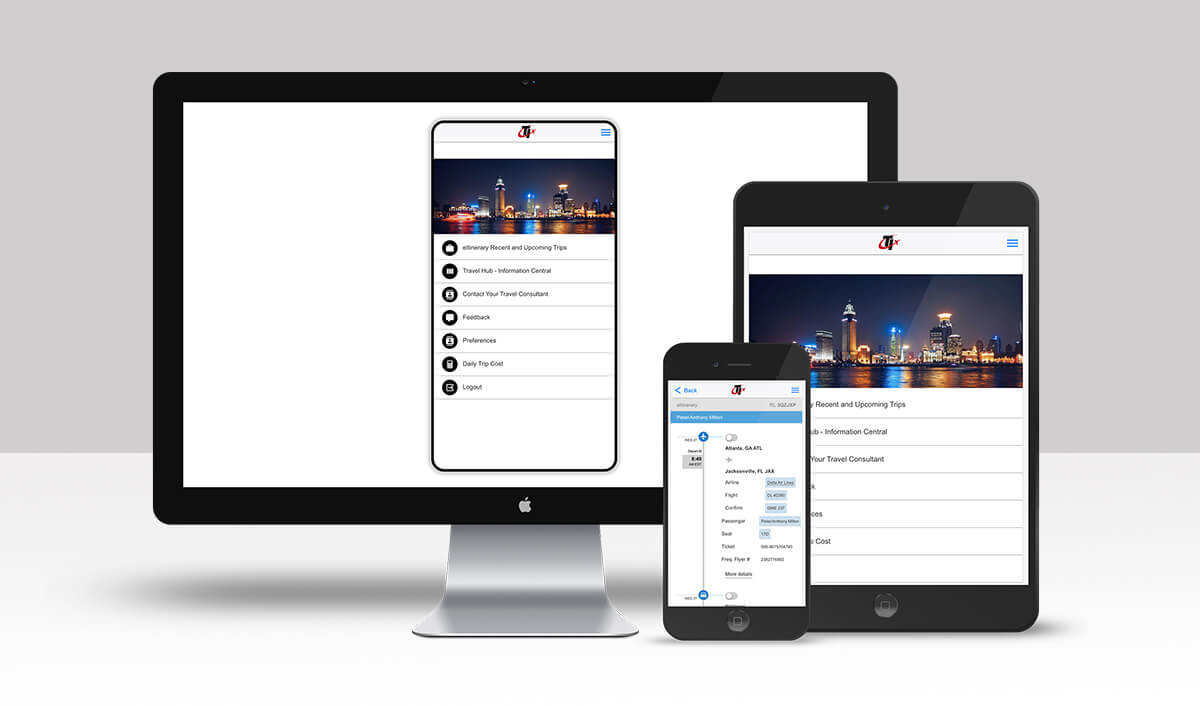
7 Branding Secrets: Ready or Not?
By Michele Schermerhorn
Every company has a brand, (how people think of them), whether they created it through design or accident. By creating your brand through design, you shape the way you wish your company to be viewed by customers and potential customers. This will remove some of the uncertainty concerning what others will expect from you and say about you. The power of a brand can't be over-estimated. The Golden Arches are known worldwide.
However, many people confuse a logo with a brand. The logo is a very small portion of the brand effort, especially during the startup phases. Later, once your brand has been repeatedly communicated, in multiple ways, with consistency, the logo can begin to embody the overall brand. But, it will never be the brand.
Do you know what makes your company or its products unique? If you don't you can't begin to establish a brand identity by design. There are seven elements to remember when designing your brand.
One: Know Your Customers Better Than You Know Yourself
Customers buy for their reasons, not yours. If you want to sell them your product, you MUST sell to their concerns, not your own. Every piece of marketing copy must FOCUS upon them. If you don't speak their language, you don't get their money. With branding as with selling, if you don't understand your customers, you won't build a brand of which they want to be a part.
Let's say you were trying to sell a snowboard. To effectively sell a snowboard to a fifteen year old requires an entirely different conversation than selling the same item to his mother. How you brand your product in these two different customer bases is entirely different if you wish to be successful. If your product could be sold to a fifteen year old or a 40 year old, you'd better decide who you are going to focus your branding efforts upon for the greatest success.
Crawl within your targeted customer's mindset. Understand what they think about the product, what they want from the product, and the alternatives they have to the product. Now that you know what the customer wants, you need to understand your competitive environment and your competitors.
Two: Understand Your Competitive Environment & Competitors
Your competitive environment has a major impact on how you brand your products or your company. For instance, retail is a highly competitive environment. There are companies that deal in the high end of the market and those who don't. WalMart has chosen to compete in the low price arena of retailing. They work hard to build a brand of "low price, friendly company". They obviously do it well. All one has to do is look at their financials to draw that conclusion.
You need to understand your competitive environment as well as WalMart understands theirs. But how can you do that effectively, without WalMart's budget?
Start by asking your existing customers, "If you weren't working with us, with whom would you be working?" Identify the companies to whom you most often lose business. Learn as much as you can about these competitors, including how customers perceive them, what makes them unique, and why they win the business they do.
Three: Define Your Brand Personality
Brands are like people. They have personalities too. People choose brands based upon whether or not the characteristics of the product or company brand fit them. My mother wouldn't be caught dead in a WalMart. I love a bargain, so I love WalMart. Two customers. Two different perspectives regarding the same business.
If you have defined your ideal customer well and understand your competitive environment, you can select a brand personality which will appeal to your audience. Think of your brand personality just like any personality. It will have traits. Choose two or three personality traits to develop for your business. Will your business be youthful, fun and irreverent? Will it be conservative, sophisticated and elite?
Once you have defined the two to three personality traits that define your business, they must be visible in everything you do. All advertising, your website, your emails, everything must be consistent with your brand personality. This also includes your collateral materials, the people you hire, and even the way you answer the phone.
Your brand must come through loud and clear at all times. With a brand also comes a promise. WalMart promises the lowest prices and friendly people. Your brand will have a promise too.
Four: Make A Brand Promise
Talk with your customers. Understand how they see your business, and what your brand means to them. Find out what is important to them about choosing a business like yours and what benefits they get from doing so. Make sure your brand promise is important and valuable to the customers you want most. Once you understand your customers, you can create a brand promise.
Serta, the mattress company, has a promise of "We Make The World's Best Mattress". Maytag has the lonely repairman, reinforcing the promise of dependable service and called the "Dependability People" with the headquarters located at #1 Dependability Way.
Your brand promise should be stated clearly, in concise language so everyone in your organization and your customers understand the promise, just like Maytag's and Serta's promises. Then, you must bring the brand to life through a brand strategy and action plan.
Five: Define Your Brand Strategy
Think of a brand strategy as defining the limits of your approach and the outline of your methods. Later, we will design the tactics to make it happen.
You now understand your customer and your competitive environment. Your strategy comes out of that information. Where will you position yourself? Just as WalMart uses stand-alone stores rather than join established malls, you must decide how to approach your environment in order to successfully brand your company or your products.
You need to develop a brand that is distinct from your competitors. Many people mistakenly think that by emulating a dominant brand, they will succeed. In reality, you don't have the resources necessary to duplicate their strategy. Seek out a niche of the dominant business' market. You can successfully determine that niche by asking yourself, "Where are they vulnerable?"
If your business specializes in a specific product area, such as sports equipment, build a brand of energy, strength, competition, and youth. If your advantage is consulting or ideas, make sure your brand is innovative, exciting, and cutting-edge. If you are the lowest price option, make sure to look conservative with money. If your products are more robust, like a John Deere tractor, build a no-nonsense, industrial-strength feeling into the brand.
Your branding strategy will set the overall limits of your branding "playing field", now it's time to design the game plan.
Six: Identify Your Branding Game Plan
Moving to action, you need to define the specific actions you will take to create your brand. They must be the tangible demonstration of your company's values and beliefs. They come directly from your brand personality, brand promise, and brand strategy.
Southwest Airlines is a great example. Employees dress casually and have some fun in the way they greet passengers. The company's symbol on the NYSE is LUV and the name of their in-flight magazine is Spirit. These actions reinforce Southwest Airlines' brand personality and brand promise every day.
Think hard about every planned action and its possible ramifications in your competitive environment. Many companies make the mistake of taking actions inconsistent with their brand personality. Don't make that mistake.
If you focus on women, then focus on activities that women support like breast cancer research and childhood disease. If your focus is on young males, then make your actions bold and worthy of bragging. The hardest part of your branding process will not be designing your tactics. The hardest part is being consistent in supporting your brand.
Seven: Be Consistent in Action
A brand builds over time. A brand becomes successful after years and years of consistent action. My grandmother used to say, "The proof is in the pudding". This is a very descriptive way of saying "in the end, it's the result that matters". Keep that in mind as you move forward in building your brand. An excellent method for helping you maintain consistency in your branding efforts is to pick a brand personality indistinct from your own personality. In that way, it won't take as much acting or thought to be successful. Your brand will become a natural extension of yourself.
A Final Thought
In today's business climate, the world is highly competitive. It is important to differentiate your brand. A sound investment is defining and communicating what is truly special about your business. Your brand will bring you financial results through loyal and happy customers. Your brand will tell the world why they would be crazy not to do business with you.
Michele Schermerhorn calls herself a "Corporate Freedom Fighter" dedicated to freeing cubicle prisoners to experience their own successful online business. She has over 30 years experience in the business world and over 12 years running her own successful online businesses. She is President of Online Business Institute Inc., authors a sassy marketing blog, and regularly conducts free online seminars. Online Business Institute Inc. exists to "Create Successful Online Business Owners One Person At A Time".
7 Branding Secrets
Every company has a brand (how people think of them) whether they created it through design or accident. By creating your brand through design, you shape the way you wish your company...
 TripCalendar
TripCalendar TI Mobile Demo
TI Mobile Demo Challenge Coin
Challenge Coin